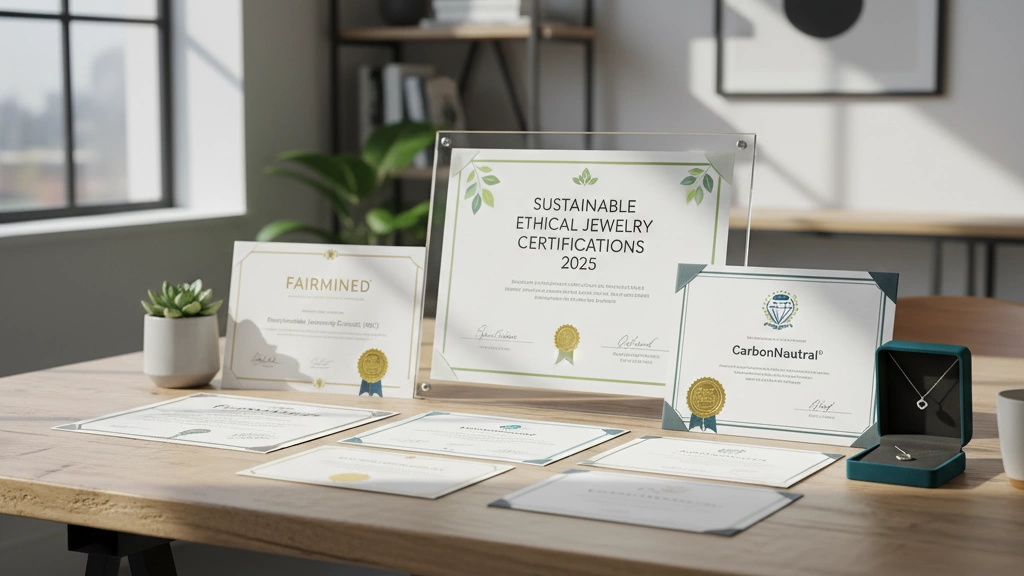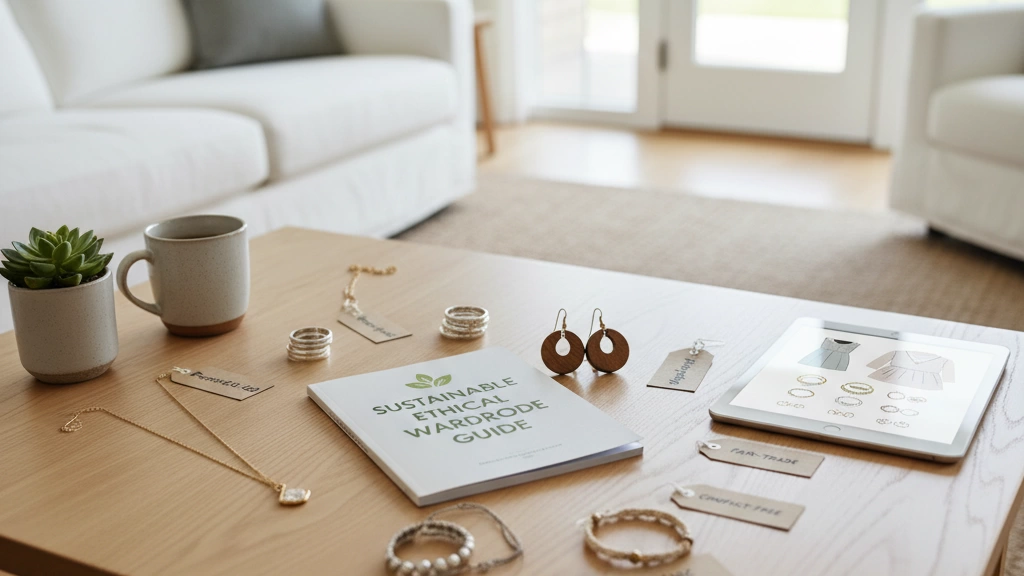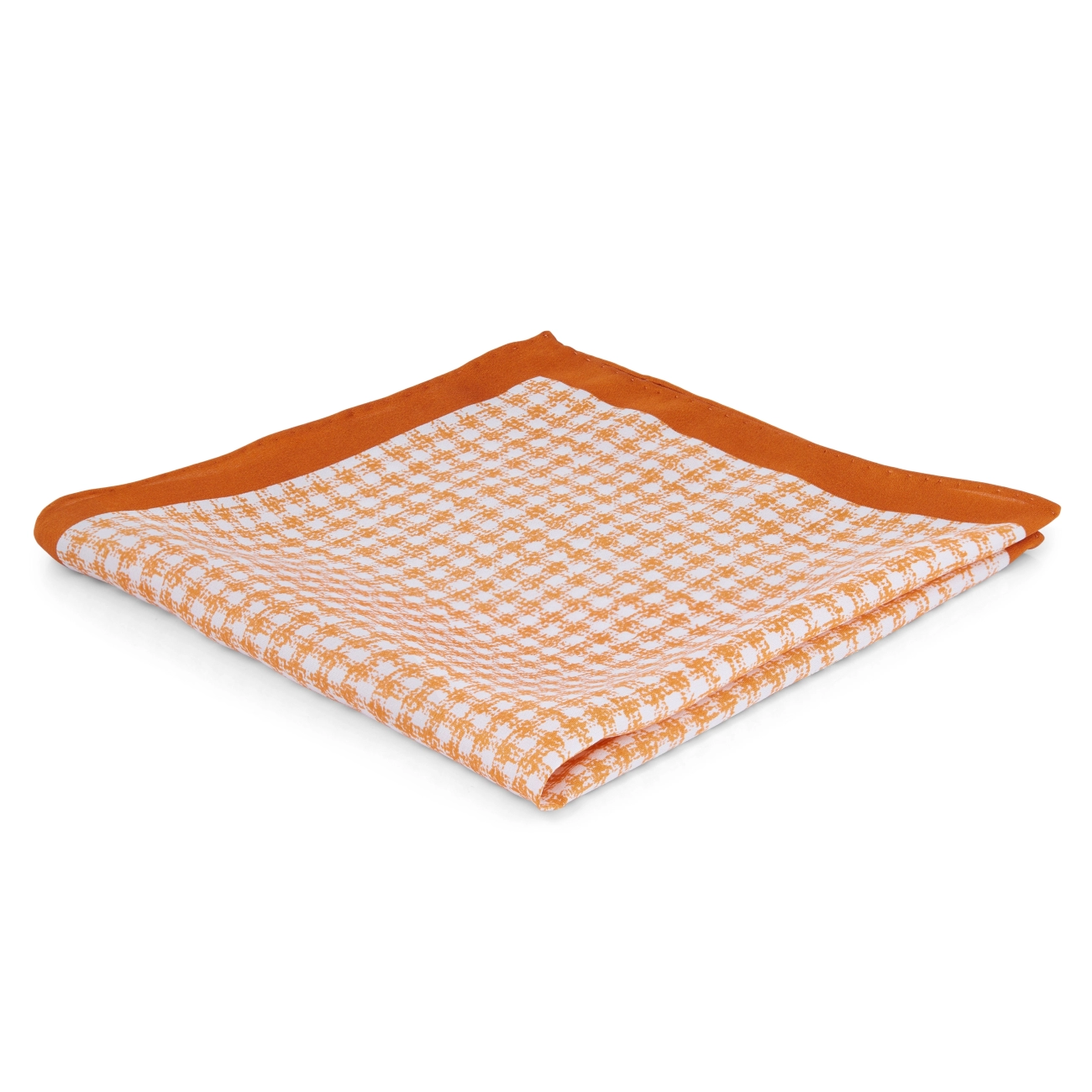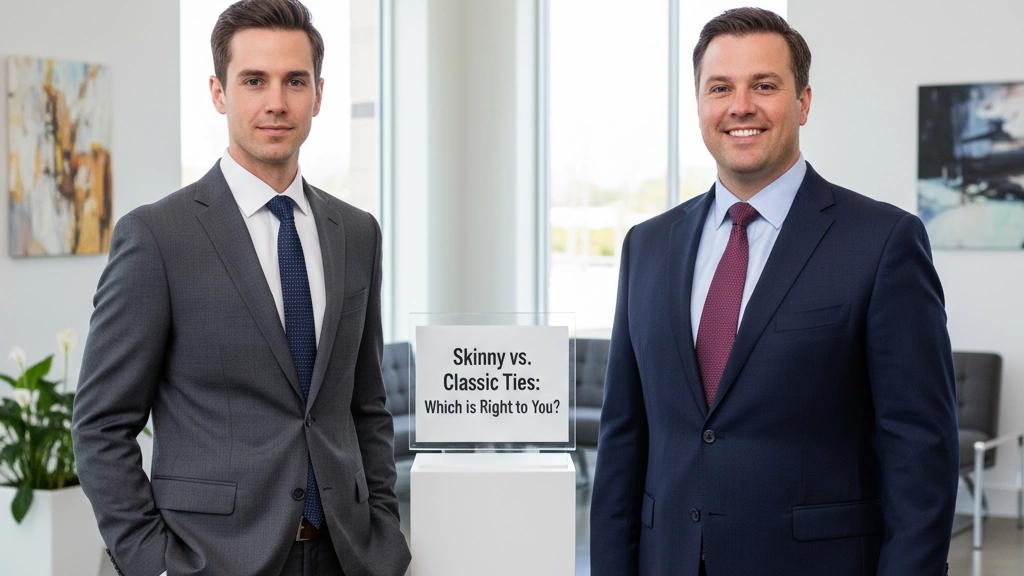The Dark Side of Traditional Jewelry That Sparked the Revolution
Behind the shimmer of traditional jewelry lies a costly truth. Mining for gold and diamonds wreaks havoc on ecosystems—deforestation, toxic runoff, and massive carbon emissions contribute heavily to environmental degradation. Extracting just one carat of diamond often leaves behind mountains of waste rock, while gold mining consumes vast amounts of energy, amplifying the carbon footprint.
The human toll is equally grim. Conflict diamonds, or “blood diamonds,” have funded violent wars, leaving communities devastated. Child labor and unsafe conditions plague artisanal mines, where workers, often in developing countries, face hazardous environments without proper protections or fair pay. These realities expose a stark contrast between luxury and exploitation.
Adding to the crisis is the rise of fast-fashion jewelry, designed for fleeting trends rather than lasting value. This planned obsolescence results in mountains of waste, as cheap pieces are discarded almost as soon as they’re bought. The jewelry industry’s traditional model has left an environmental and ethical mess—one that the sustainable fashion jewelry movement is now determined to clean up.
What “Sustainable” and “Ethical” Really Mean in Jewelry (2025 Standards)

In 2025, sustainable and ethical jewelry goes beyond just buzzwords — it’s about clear standards backed by recognized certifications. The Responsible Jewellery Council (RJC) ensures ethical sourcing and environmental responsibility throughout the supply chain. Meanwhile, Fairmined certification guarantees gold is mined with fair wages and safe working conditions, often in artisanal mines. The Kimberley Process remains crucial for keeping conflict diamonds out of the market, although it’s increasingly complemented by stricter traceability efforts. For recycled content, the SCS Global recycled claim certifies metals are genuinely repurposed, helping reduce environmental impact.
When it comes to materials, the focus is on transparency and reducing harm. Recycled precious metals, such as gold and silver, lower the need for new mining. Lab-grown diamonds and gemstones offer stunning alternatives to mined stones with a far smaller carbon footprint and zero risk of human rights abuses. An exciting innovation is biochar carbon-negative gold, which actively removes CO₂ from the atmosphere during production. Traceable colored stones are also gaining ground, ensuring gemstones like sapphires or emeralds come with full origin disclosure.
Emerging tech is further redefining sustainable jewelry. Blockchain traceability guarantees every link in the chain is verifiable, helping buyers trust the story behind their pieces. On the design side, 3D-printed precious metals minimize waste and enable complex, customizable pieces. Meanwhile, bio-resin alternatives reduce reliance on plastics, offering eco-friendly options for settings and accents.
Major Drivers Behind the Rise in 2025
The surge in sustainable and ethical jewelry is no accident—it’s driven by clear trends reshaping the market.
Consumer Shift
Today’s shoppers, especially Gen Z, are changing the game. According to McKinsey 2025, 78% of Gen Z are willing to pay more for sustainable products. This means buyers actively seek eco-friendly wedding jewelry, sustainable engagement rings, and lab-grown diamond jewelry that align with their values.
Celebrity & Influencer Impact
Well-known figures like Meghan Markle, Emma Watson, and Leonardo DiCaprio aren’t just endorsing green causes—they’re investing in ethical jewelry brands. Their influence helps bring conflict-free diamonds and fair trade fine jewelry into the spotlight, encouraging more consumers to choose responsibly.
Legislative Pressure
Governments worldwide are stepping up. The EU Green Deal is pushing stricter environmental standards for jewelry makers, while new disclosure laws in the U.S. will soon require brands to be transparent about sourcing. These rules make Responsible Jewellery Council certified products and traceable gemstones the norm rather than the exception.
Luxury Houses Going Green
Big names like Cartier, Tiffany & Co., and Pandora are leading by example with strong commitments to sustainability. Pandora, for instance, pledges to use 100% recycled metals in its collections. This moves the luxury market toward fully embracing carbon-neutral jewelry and upcycled vintage jewelry, proving eco-friendly options can be high-end too.
2025–2026 Sustainable Jewelry Trends You Need to Know

Sustainable jewelry in 2025 and 2026 is all about blending style with responsibility. One big trend is the revival of “old money” heirlooms, where vintage and antique pieces get a modern, ethical update. This taps into the charm of history while keeping sustainability front and center.
Bold, colorful gemstones are also taking the spotlight. Lab-grown sapphires, emeralds, and rare stones like paraíba tourmaline are popular choices. These offer vibrant, eco-friendly alternatives to mined gems, perfect for making a statement without compromise.
Modular and upcyclable designs are on the rise too. Jewelry that you can mix, match, or update easily helps reduce waste and lets you create fresh looks with fewer new pieces. This shift encourages conscious consumption and creativity.
Vintage and antique remounts continue to grow—repurposing older stones into new settings offers a beautiful way to give jewelry a second life while avoiding new mining impacts.
Finally, carbon-inset jewelry is gaining traction. These pieces are designed to remove more CO₂ from the environment than they emit during production. It’s a powerful step forward in making jewelry truly carbon-neutral.
These trends show how ethical jewelry brands 2025 are combining sustainability with fresh, exciting designs to meet today’s conscious consumer demands.
15 Leading Sustainable & Ethical Jewelry Brands in 2025
Here’s a quick guide to the top sustainable and ethical jewelry brands making waves this year, grouped by style and approach.
High-End Sustainable Jewelry
- Vrai: Pioneers in lab-grown diamond jewelry, combining sleek design with zero mining impact.
- Kimai: Known for minimalist fine jewelry made from recycled gold and conflict-free stones.
- Sophie Bille Brahe x Panama: Luxury pieces crafted with recycled metals and a strong commitment to transparency.
Designer Ethical Brands
- Ana Khouri: Elegant, handcrafted jewelry featuring responsibly sourced gemstones.
- Bario Neal: Focused on fair-trade fine jewelry with traceable stones and recycled metals.
- Prounis: Award-winning designs emphasizing recycled gold and sustainable production.
Accessible Luxury
- Mejuri: A direct-to-consumer favorite offering sustainable engagement rings and everyday pieces made with recycled metals.
- Monica Vinader: Known for ethical sourcing and a commitment to carbon-neutral jewelry.
- Pandora: Recently announced a 100% recycled metals commitment, making eco-friendly wedding jewelry more mainstream.
Direct-to-Consumer Innovators
- Quince: Affordable, transparent sourcing with a focus on conflict-free diamonds and recycled gold.
- Hey Harper: Waterproof, durable, and ethical—perfect for everyday wear without compromise.
- SOKO: Artisan-made ethical jewelry from Kenya, blending fair trade practices with contemporary style.
Artisan & Fair-Trade Focus
- Akola: Empowering women artisans with fair wages, creating unique, handmade pieces.
- Made by AAKOFII: Fair-trade craftwork highlighting cultural heritage combined with sustainable materials.
How to Verify If a Brand Is Truly Ethical (Red Flags & Green Flags)
When looking for ethical jewelry brands in 2025, knowing what to watch for can save you from false claims. Here’s how to spot real commitment versus marketing spin.
Questions to Ask Before Buying
- Where do your materials come from? Are gold and gemstones recycled or lab-grown?
- Do you work with fair trade or artisan miners?
- Can I see proof of your certifications or audits?
- What steps do you take to reduce environmental impact?
- Is your supply chain fully traceable?
Red Flags to Avoid
- Vague answers or no transparency about sourcing.
- Lack of recognized certifications (like Responsible Jewellery Council certified).
- Overuse of buzzwords without evidence (“eco-friendly” but no details).
- No information on labor practices or environmental policies.
- Self-issued claims without third-party verification.
Green Flags to Look For
- Clear certifications such as Fairmined, Kimberley Process, or SCS Global recycled claim.
- Regular third-party audits that validate ethical and sustainable practices.
- Detailed transparency reports and supply-chain mapping shared openly.
- Use of traceable gemstones and conflict-free diamonds.
- Innovative practices like blockchain provenance to back up claims.
Always remember, a truly ethical jewelry brand welcomes questions and provides clear, verifiable answers. Transparency matters more than buzzwords.
Build Your Conscious Jewelry Wardrobe

Starting a sustainable jewelry collection doesn’t have to be overwhelming. Focus first on core pieces that you’ll wear often and that hold meaning, such as an ethical engagement ring, simple everyday hoops, or a classic tennis bracelet made from recycled gold jewelry or lab-grown diamond jewelry. These staples combine style with responsibility.
Budget-Friendly Options
- Under $200: Look for brands offering artisan-made ethical jewelry, simple designs with recycled metals, or lab-grown stones. Perfect for everyday wear.
- $200 to $2,000: Explore fair trade fine jewelry and mid-range designers focusing on conflict-free diamonds and traceable gemstones. Great for investment pieces.
- $2,000 and up: Invest in luxury sustainable brands like Cartier or Tiffany’s carbon-neutral jewelry lines or bespoke heirlooms made from upcycled vintage jewelry.
Care & Longevity
Taking care of your pieces extends their life and reduces waste:
- Store jewelry properly to avoid scratches or damage.
- Clean gently with non-toxic products.
- Repair rather than replace — many brands offer repair or recycling programs.
- Avoid wearing delicate pieces during strenuous activities.
By choosing with care and maintaining your pieces, you support the shift towards a more eco-friendly wedding jewelry and everyday wardrobe for the future.
The Future: Where Sustainable Jewelry Is Headed by 2030
Sustainable jewelry is set to evolve fast by 2030, focusing heavily on circularity and technology. Here’s what to expect:
-
Fully Circular Models
More brands will adopt take-back and recycle programs, allowing customers to return old pieces for responsible recycling or remaking. This cuts waste and keeps precious metals and gemstones in use longer, aligning with carbon-neutral jewelry goals.
-
Lab-Grown Plus Biogenic Gems
Lab-grown diamonds and gemstones will dominate, alongside biogenic gems crafted using natural biological processes. These options reduce the need for mining and lower environmental impact while still offering luxury and beauty.
-
AI-Powered Provenance Tracking
Transparency will improve with AI tools that map and verify a gem or metal’s full journey—from origin to finished product. Blockchain tech combined with AI will make traceable gemstones and conflict-free diamonds not just claims but verifiable facts.
These shifts will make ethical jewelry more accessible and trustworthy worldwide, helping everyone build a truly conscious jewelry wardrobe that fits modern values.


